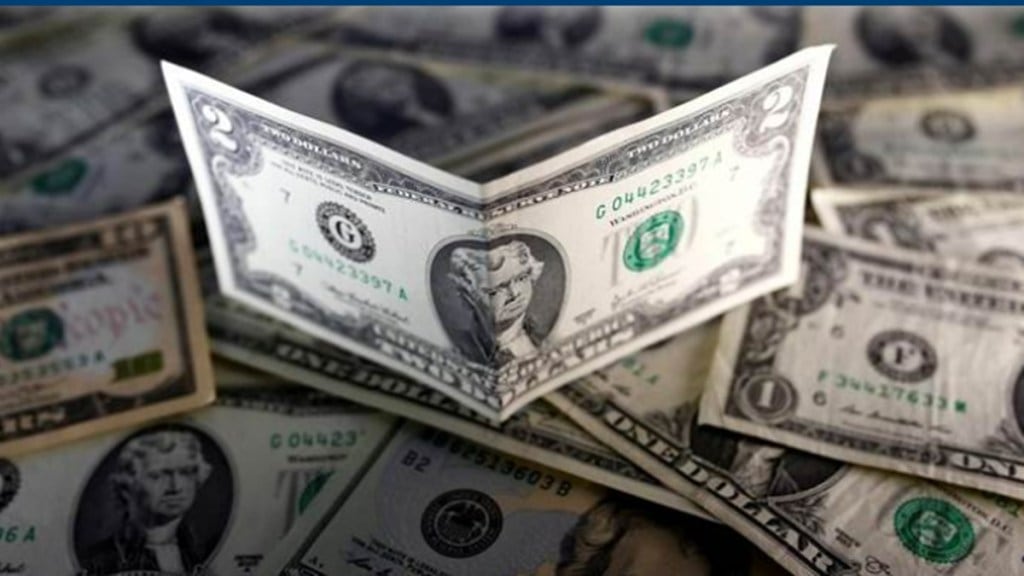By Amol Agrawal
Amid multiple global macroeconomic shocks, an important milestone in the history of macroeconomics just passed by without much discussion. In February 1973, select economies shifted towards floating (or flexible) exchange rates. Thus, the year 2023 marks the 50th anniversary of this landmark moment in the history of macroeconomics. To understand the significance, we need to go back in history.
In 1944, a group of world leaders and thinkers assembled at Bretton Woods (BW) in the US to rebuild the world economy after World War II. Apart from creating institutions such as the World Bank and the International Monetary Fund, the leaders agreed to follow a fixed exchange rate system where all currencies were pegged to the US dollar (USD). The new BW system put the onus of the world exchange rates on the US monetary policy. The US ran the system successfully till the 1950s, but by the 1960s, the macroeconomic pressures were beginning to grow. The macroeconomic conditions demanded devaluation of USD but under the BW standard, USD could not be devalued.
Also read: 2023 the likely end of conventional and dawn of new creator economy?
In 1971, US president Richard Nixon abandoned the BW standard. Following the breakdown of BW, countries struggled to find an alternative. In 1973, select leading economies decided to allow their currencies to float and be driven by markets. Thus started a new system of floating (or flexible) exchange rates, which led to rethinking on macroeconomic policies and frameworks. Under a fixed exchange rate system, the domestic monetary policy is not independent whereas under flexible exchange rates, it is independent. The economies now had to choose between fixed and flexible exchange rates, which in turn was based on whether one prioritised stability of exchange rates or prices.
In 1970s, the oil-induced inflation shocks shifted attention towards price stability. The central banks first adopted monetary targeting (MT), based on ideas of the monetarist school that said that money growth determines inflation. Therefore, the way to lower inflation was to target a lower money-supply growth. However, monetary targeting did not yield desired results and inflation remained high.
The continued search for price stability led to a new system of inflation targeting (IT) in the late 1980s. Under IT, central banks adopted an inflation target and changed interest rates to achieve the target. The IT framework was successful in achieving price stability. This success prompted central banks, especially in advanced economies, to adopt an independent monetary policy based on IT and flexible exchange rates. The Latin American crisis of 1980s and South East Asian crisis of 1990s, where fixed exchange rates did not allow adjustments, also led developing economies to prefer flexible exchange rates. Select European countries did the opposite and opted for a common currency—the euro—which led them to give up their monetary policy to the European Central Bank.
Between the polar opposites of fixed and floating, a hybrid system named managed floating also developed. In this system, exchange rates were allowed to float, but, in the case of high volatility, the authorities would intervene to arrest the volatility. These countries maintain foreign exchange reserves for safeguarding their currencies in case of high volatility.
Since 2008, the multiple crises posed new problems questioning the dominant paradigms. Post global financial crisis, the central banks in advanced economies added financial stability to their objectives. The advanced economies also struggled with low inflation for a decade. Post the pandemic and Russia-Ukraine war, inflation rose sharply across the world, as seen in the 1970s. The Federal Reserve tightened monetary policy significantly, leading to depreciation of major currencies. The higher interest rates led to failure of large US banks. The financial contagion, once again, spread like it did in 2008, leading to the failure of a major Swiss bank. Advanced economies suffered from falling growth, high inflation, depreciating exchange rates and financial instability. These central banks of advanced economies found themselves in a corner, which was mainly reserved for emerging economies.
The 50th anniversary of floating exchange rates is happening at an interesting time in world history. On the one hand, we are seeing a multi-polar world with the US, China, and other blocks vying for world supremacy. On the other, monetary order remains unipolar with the dollar remaining the preferred choice for fixed exchange rates and also for international trade and financial transactions. Despite the breaking down of Bretton Woods, the US’s monetary policy continues to shape the world monetary order.
Also read: How the US should support Taiwan
Where does India fit in this discussion? Post the 1991 crisis, India started to gradually liberalise its exchange rate system. It adopted the managed floating exchange rate system and gradually eased restrictions on foreign capital inflows and outflows. The gradual pace of reforms helped India avoid major crisis such as the 1997 South East Asian crisis and 2008 global financial crisis. India adopted an inflation target in 2016 but continued to accumulate foreign exchange reserves. The pandemic, war, outbreak of global inflation and recent financial contagion had limited impact on the Indian currency. Indian policymakers are also trying to position the rupee as an international currency in the wake of the shifting global order. We will only know in the future how India navigates through these changes in world political and monetary order.
The writer is Assistant professor, Ahmedabad University
Views are personal
